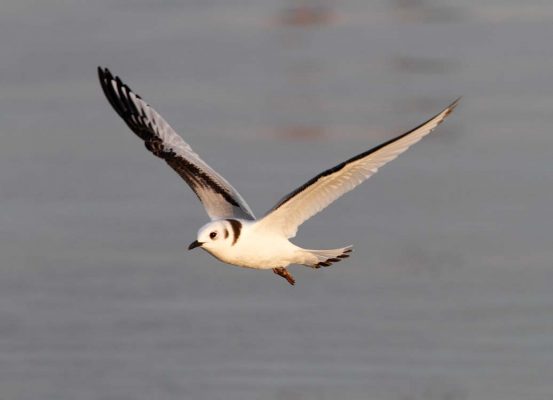The most comprehensive census to date of breeding seabirds shows mixed fortunes for seabirds around the coast of Britain
Seabirds Count provides population estimates for the 25 regularly breeding seabird species of Britain, Ireland, Isle of Man and the Channel Islands.
The survey took place between 2015 and 2021 and was led by JNCC with over 20 steering group partners. Key partners who spearheaded the work to collect and publish the findings are Birdwatch Ireland, JNCC, the National Parks and Wildlife Service (Ireland), and the RSPB.
The census results show that 11 of the 21 seabird species, where there is confidence in their trends, have declined since the last census in 1998–2002.
Five species have remained stable whilst five have increased, with some of those increases linked to targeted conservation work. The remaining four species of the 25 surveyed have up to date breeding population estimates, but due to survey method changes and improvements these cannot be confidently compared with previous estimates.
The main drivers for declining populations vary between species and even location, however predation by native and invasive predators is a common theme. Climate change is another important factor, adverse weather conditions are causing nest sites to be swept away and making foraging conditions more difficult. Increased water temperatures reduce the availability of important food such as sandeels which leads to seabird parents not finding enough food. This is exacerbated by fish stock depletion by commercial fisheries, meaning there’s not enough food to go around during the important breeding season.
“Loss of biodiversity is weakening the ability of the marine environment to withstand disturbance, adapt to and mitigate against the impacts of climate change, and is affecting the ability of our seas to supply critical services for society. Seabirds are sentinels for the health of marine ecosystems, highlighting action that needs to be taken to recover the marine environment. The results of Seabirds Count help us understand the main drivers of seabird population change, providing the building blocks for decades of future seabird conservation and recovery. I am very grateful to everyone involved in this seminal publication for their generous contribution to nature recovery,”
commented Dr Gemma Harper OBE, Chief Executive of JNCC.
Since the census was completed, Britain and Ireland have experienced a severe outbreak of Highly Pathogenic Avian Influenza (HPAI) in their seabird colonies. High mortality has been seen in several previously increasing seabird species such as Great Skuas, Northern Gannets and Roseate Terns, but the overall impact on populations is yet to be estimated and we await analysis by the RSPB of new data from 2023.







